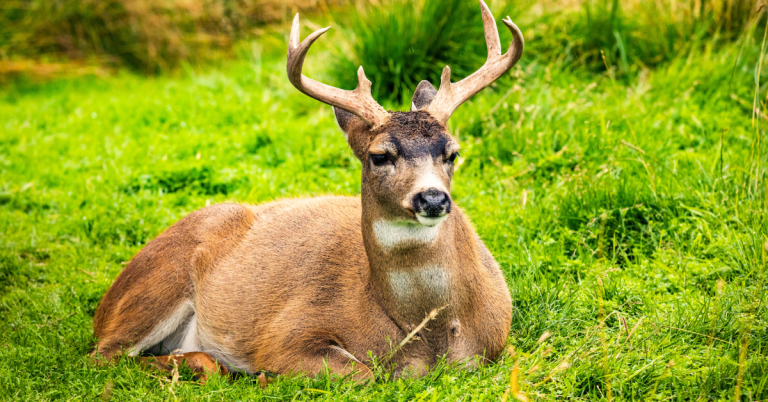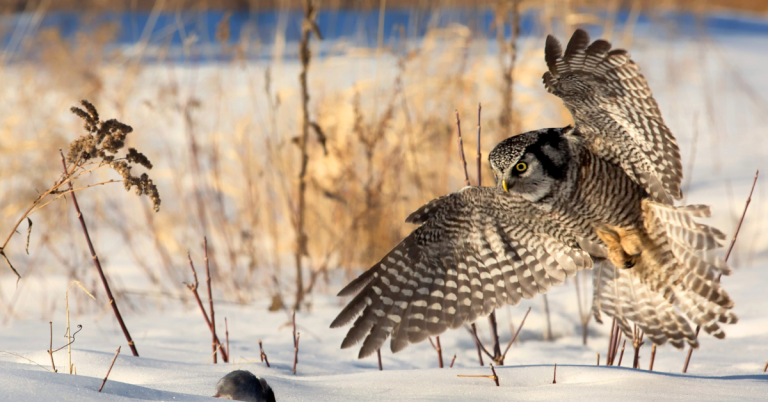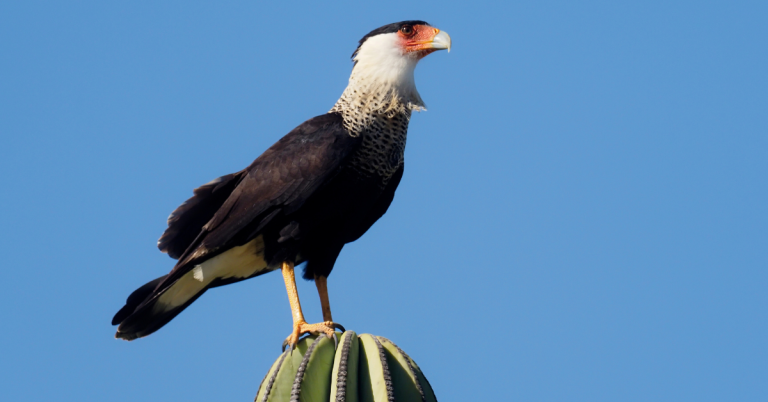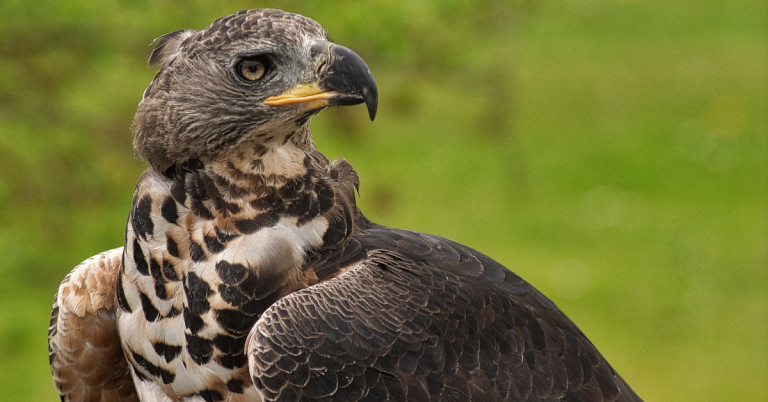American Woodcock Hunting Guide
The American Woodcock (Scolopax minor), often referred to as the “timberdoodle,” is a fascinating and challenging game bird to hunt. Known for their elusive nature and unique courtship displays, these birds are a favorite among hunters who enjoy the thrill of the chase in dense, brushy habitats. This hunting guide will provide you with all the necessary information to successfully hunt the American Woodcock, covering everything from understanding their behavior to legal considerations and hunting tactics.
Understanding Behavior
The American Woodcock is a migratory bird that thrives in young forests, brushy areas, and wetlands. They are most active during dawn and dusk when they leave their dense cover to feed on earthworms and other invertebrates. Understanding their behavior is key to a successful hunt. Woodcocks rely heavily on their camouflage to avoid predators, making them difficult to spot in their natural habitat. During the breeding season, males perform a distinctive “sky dance,” which can be an excellent time to locate them.
Choosing the Right Hunting Location
Woodcocks prefer moist, rich soils where earthworms are abundant. Ideal hunting locations include young forests with dense underbrush, alder and birch thickets, and fields near wetlands. Focus on areas with early successional growth, as these provide the dense cover that woodcocks favor. Pay attention to the migration patterns in your area, as woodcocks move southward in the fall and return north in the spring, offering prime hunting opportunities during these times.
Effective Hunting Tactics
- Walk and Flush: Slowly walk through likely habitats, pausing frequently to listen for the distinctive “peent” call of the woodcock. Be ready for a sudden flush, as these birds take off quickly and unpredictably.
- Use a Dog: A well-trained bird dog, such as a pointer or a flushing breed, can greatly increase your chances of success. Dogs can help locate woodcocks in thick cover and flush them into the open for a shot.
- Hunt During the Right Times: Early morning and late afternoon are the best times to hunt woodcocks, as they are most active during these periods.
Ethical and Responsible Hunting
As with all hunting, it is crucial to hunt woodcocks ethically and responsibly. Respect bag limits and hunting seasons, and ensure that you are not disturbing critical habitats, especially during the breeding season. Always strive for clean, humane kills, and make use of the birds you harvest.
Field Dressing and Meat Processing
After a successful hunt, field dressing your woodcock quickly will ensure the best quality meat. Pluck the feathers or skin the bird, remove the entrails, and cool the meat as soon as possible. Woodcock meat is dark and rich, often compared to liver, and can be prepared in a variety of ways, including grilling, roasting, or frying.
Hunting Gear Used for Hunting Mountain Goat
While the focus of this guide is on woodcock, it’s worth noting that mountain goat hunting requires different gear due to the rugged terrain and the nature of the hunt. Essential gear includes high-quality optics, sturdy boots, and appropriate firearms or bows designed for long-range shots. Layered clothing for varying weather conditions and a reliable GPS or map are also crucial.
Species and Subspecies
The American Woodcock is the only woodcock species native to North America. Its close relative, the Eurasian Woodcock, is found in Europe and Asia. While subspecies variations exist, the American Woodcock remains the primary focus for hunters in North America.
Hunting Legality by Area
Hunting regulations for American Woodcock vary by state and region. It’s essential to familiarize yourself with local laws, including season dates, bag limits, and specific hunting zones. Many states also require a migratory bird hunting permit in addition to a standard hunting license.
Legal and Cross-Border Considerations
If you plan to hunt American Woodcock across state or national borders, be aware of differing regulations. Ensure that your hunting license and permits are valid in the areas you intend to hunt. Additionally, be mindful of transporting games across borders, as this may be subject to inspection and specific legal requirements.
Safety Tips
- Be Visible: Wear blaze orange or another highly visible color to ensure other hunters can see you, especially in dense cover.
- Stay Aware: Always be aware of your surroundings, including the location of other hunters, your dog, and obstacles like branches and uneven terrain.
- Practice Safe Shooting: Only shoot when you have a clear, safe shot, and always know what’s beyond your target.
FAQs
Where is the best place to hunt?
The best places to hunt American Woodcock are young forests with dense underbrush, especially those near wetlands or fields with rich, moist soils.
What is the best time to hunt?
The optimal times to hunt woodcock are during their migration periods in the fall and spring, with early mornings and late afternoons being the most productive times of day.
What are the best hunting methods?
Using a well-trained bird dog to locate and flush woodcocks is highly effective. Alternatively, slowly walking through likely habitats and listening for their calls can also yield success.
What is the reason for hunting?
Hunting American Woodcock provides both a challenging experience for hunters and contributes to wildlife management by maintaining balanced populations and supporting habitat conservation efforts.






